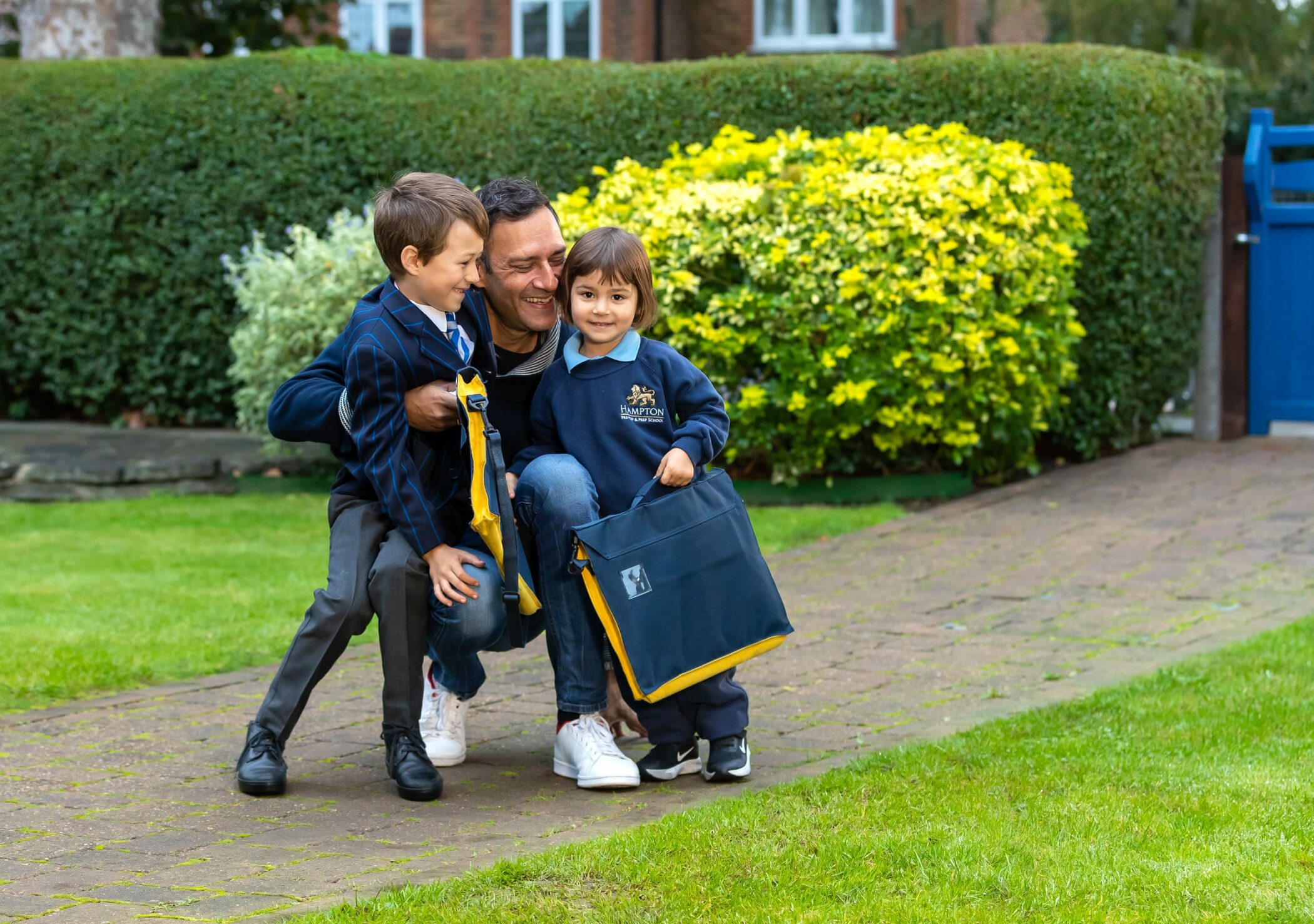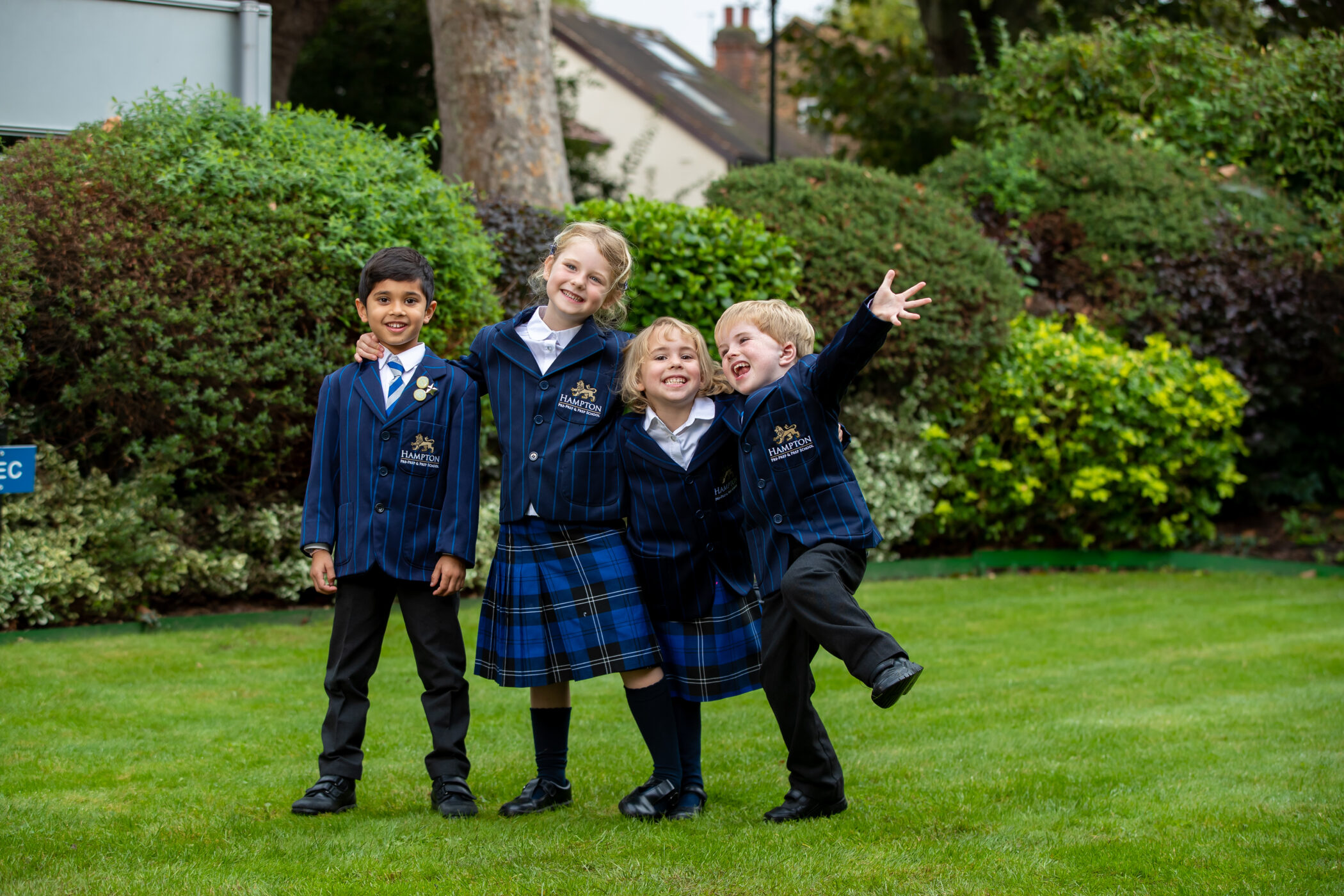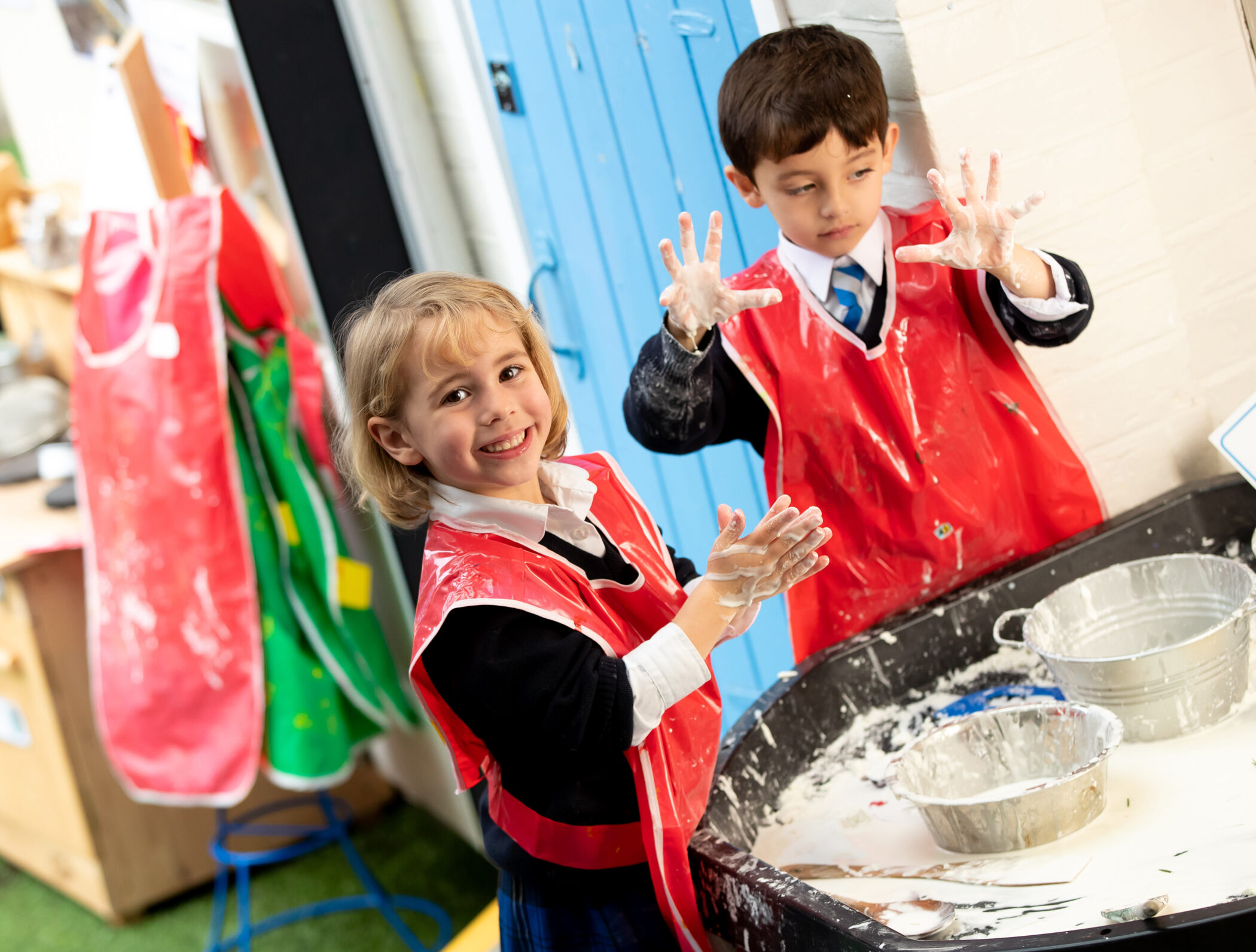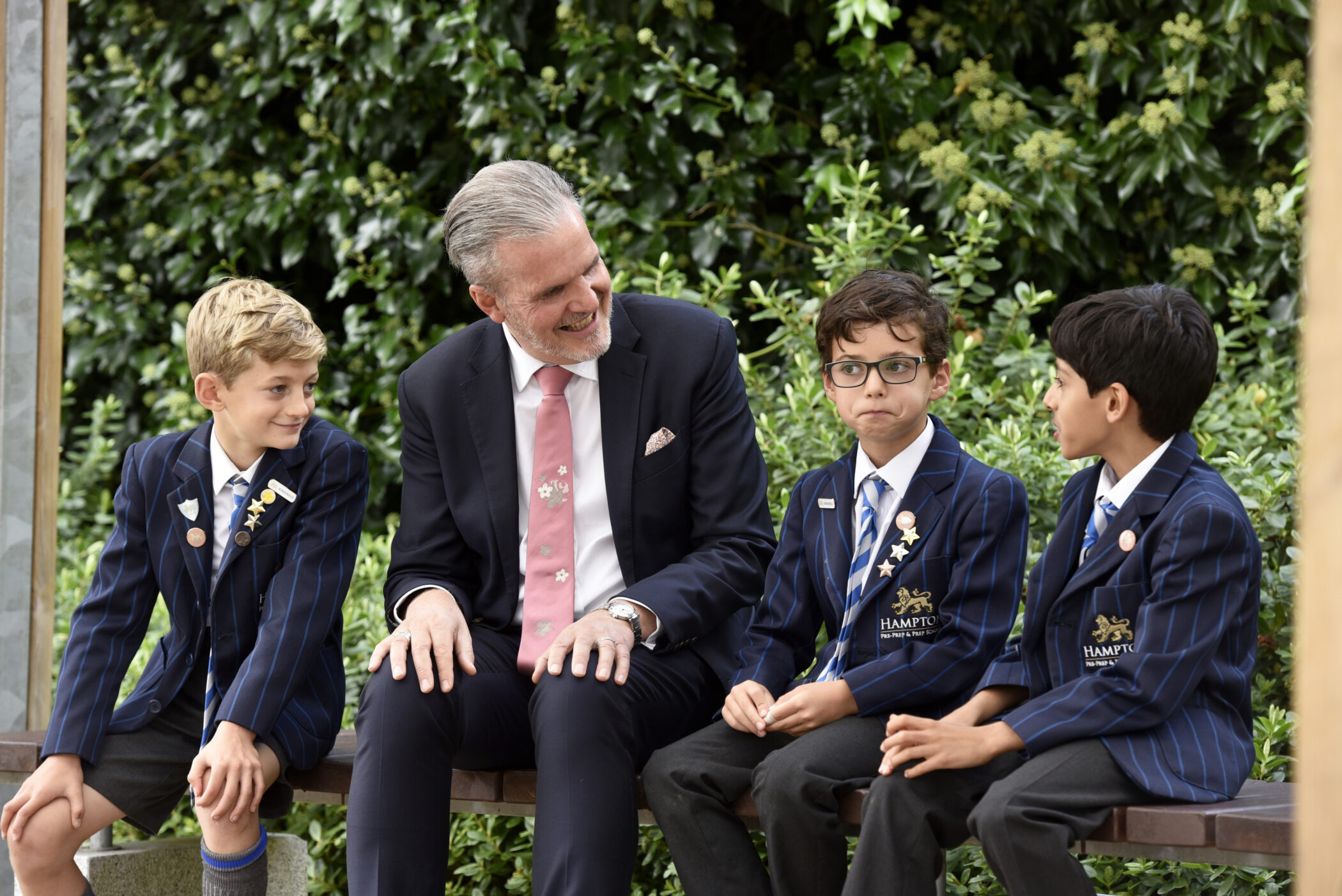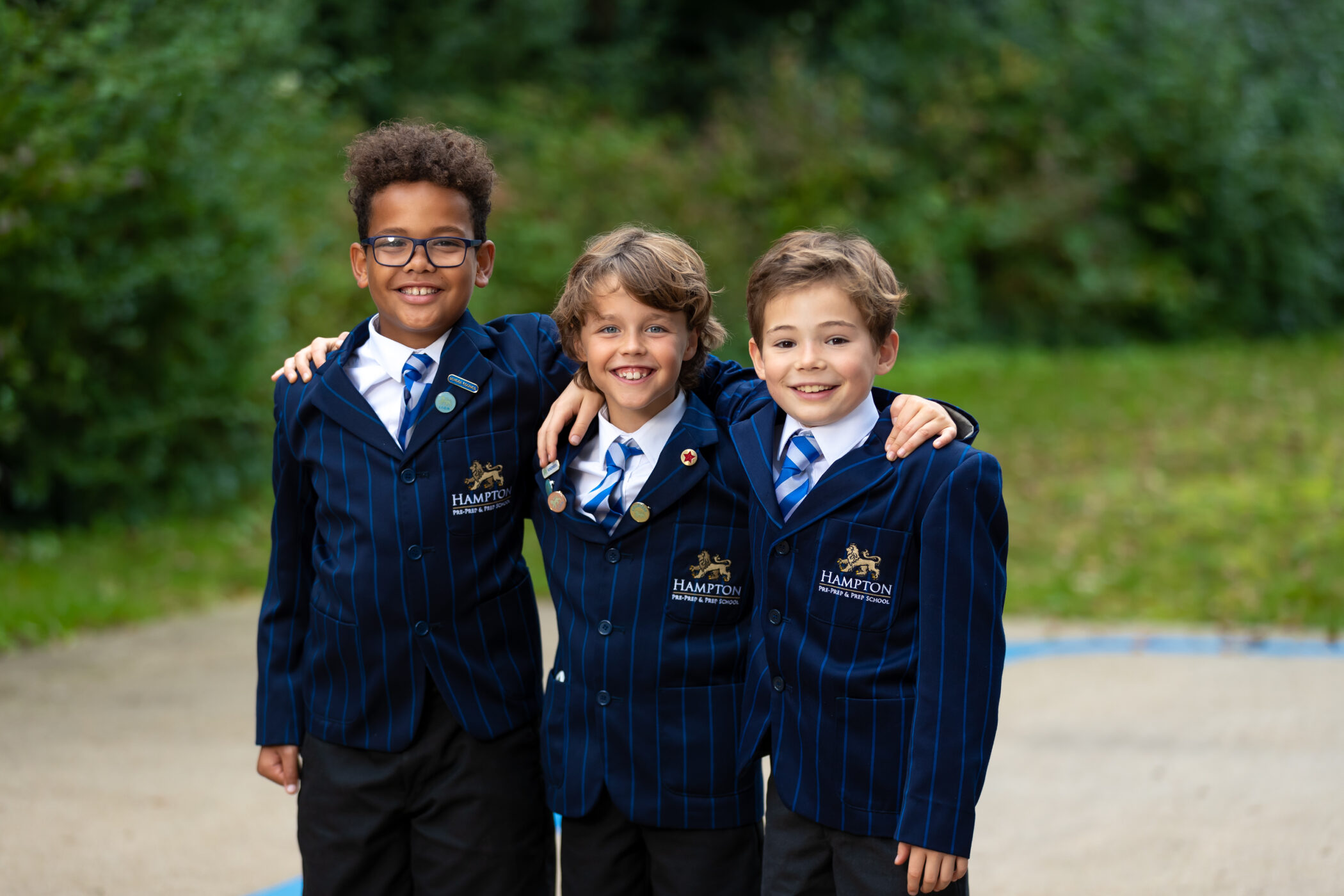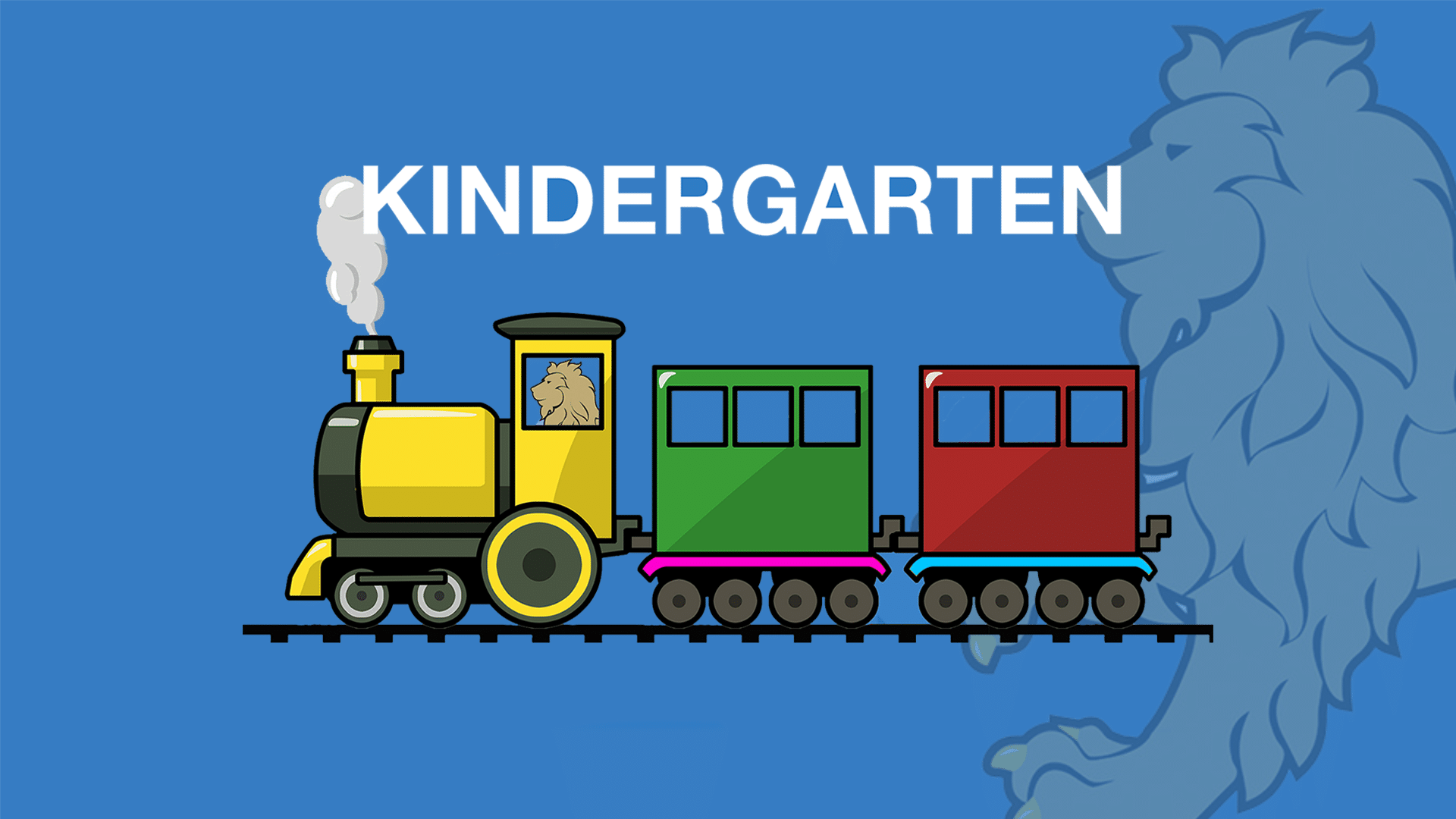Our planet Earth is the only one with life! We were amazed to find out that Mercury is the closest planet to Earth and, if we look through a telescope, we may see it in the night sky. There were lots of ‘Askaraptors’ in Kindergarten, asking questions such as “Where do stars come from?”, “What is a comet?”, “Do stars live forever?” and together using non-fiction books, we found the answers. Plenty of discussions was had about comets and shooting stars – we discovered these are tiny pieces of rock from space that have entered Earth’s atmosphere. We found out new words and their meanings, such as meteor, meteorite and gravity. We watched some video clips of the astronaut Tim Peake and his time in the space shuttle. We loved seeing how he could just float around, made a water bubble and played space ping pong, which incidentally looked like great fun, but we were not, however, so keen on the idea of food in packets! Using our inflatable planets, we went into the playground to orbit round our inflatable sun.
After looking at galaxies, Mrs Guest suggested that we make our own ‘galaxy in a bottle,’ using water, food colouring, sequins and glitter. We used paint, collage, glitter and glue over three days to create some ‘cosmic’ space masterpieces. We used pens, foil and scissors to create astronaut helmets; we then had fun using these in our space rocket role-play area.
Aliens landed this week and Kindergarten received a letter together with lots of miscellaneous objects being dropped in the playground. The letter explained that whilst the aliens were flying over Planet Earth the night before, they accidentally dropped some things from their spaceship which landed in our playground. They only wanted the magnetic items returned – so we were on a mission to help our alien friends. We used jumbo magnets and magnetic wands to identify the magnetic objects, sorting them into two groups. We then searched for more magnetic objects within our classroom, but we were very careful not to go near the computers. We also carried out a STEM activity to see how far we could launch our rockets using a straw and paper.
We carried out a science experiment to grow our own alien. Mrs Hand blew up a balloon (this is called ‘inflate’) and a child drew an alien face. The air was then let out of the balloon (this is called ‘deflation’). Bicarbonate of soda was put into a bottle before adding some vinegar and finally we placed the balloon over the bottle neck and watched our alien ‘grow’.
As a group we also made ‘space jelly’. First, we needed to weigh out 200g of jelly crystals and then we measured out 2 pints of boiling water and carefully Mrs Hand mixed it together until the crystals melted and disappeared. Then came the exciting part – we had space dust! We first misted some dust into the classroom, then, as the sun shone through the windows, it looked like lots of little stars twinkling above us. We then gently tipped the space dust into the jelly and watched how it swirled into the red jelly. We then needed to work out how we could make this jelly liquid turn into a solid. We agreed it needed to go somewhere cold, deciding the fridge would be the next best thing. We were very excited to find that our plan worked – the liquid had turned into more of a wobbly jelly solid.
Our topic next week is Lunar New Year.


